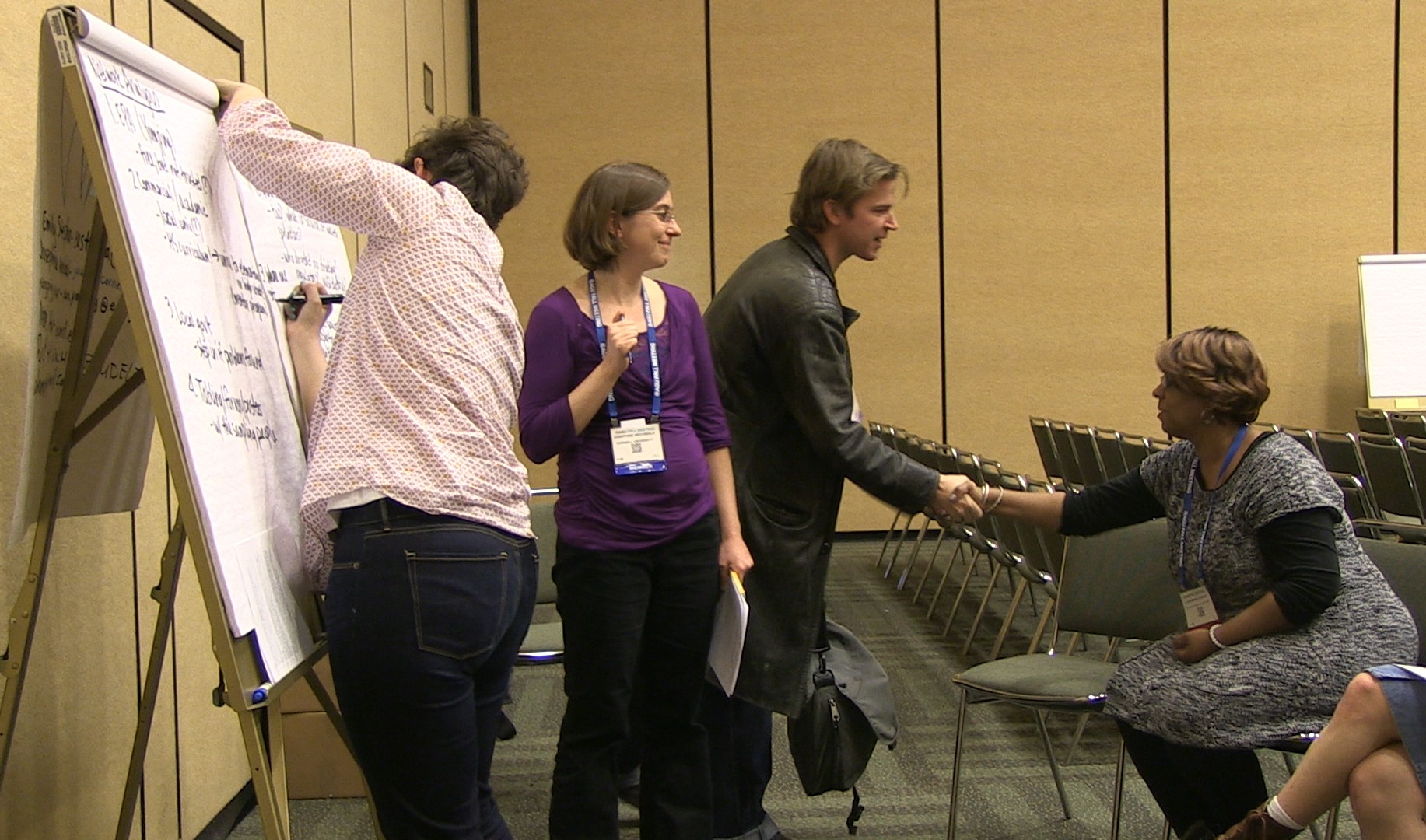Who We Are
Taking Neighborhood Health to Heart (TNH2H) is a community-based participatory research project which began in 2006 and involves: five diverse urban Denver neighborhoods: Park Hill, Northeast Park Hill, East Montclair, Northwest Aurora and Stapleton; the University of Colorado Denver; and, the Stapleton Foundation.
What We Aim to Achieve
TNH2H are interested in partnering with Earth and space scientists to investigate environmental factors that influence health and well being in their neighborhoods. Because TNH2H values collaboration between scientists and neighborhood members, they are interested in inviting scientists to partner with them and explore several potential issues, rather than soliciting solutions to a single challenge via the Thriving Earth Exchange web-based challenge platform.
Why is it Important?
The neighborhoods are very diverse in terms of race/ethnicity and income. Some of the neighborhoods can be described as food deserts with limited access to healthy affordable foods. TNH2H research has helped address this, including creating urban community gardens and changing city policies to allow the sale of produce from backyard gardens.
Taking Neighborhood Health to Heart (TNH2H) participants are interested in local air quality and its impacts on health; the quality of their drinking water; potential levels of soil contamination; and their Denver neighborhoods’ vulnerability to natural hazards and environmental change, especially climate change. Like many areas of Colorado and around the U.S., TNH2H neighborhoods must also respond to climate- and weather-related challenges, including long periods of drought and more recently extreme rainfall (Fall 2013 storm)
Currently TNH2H are looking for additional funding. If you have a contact or funding resource you would like to share, email us!
What Have We Achieved So Far?
Phase I: Completed
Solutions were submitted during the AGU Fall Meeting 2013. Additional challenges may be developed as requested by TNH2H.
Challenge ID: TEX2013-103
Four representative members of TNH2H met with almost 80 AGU members for a two-hour brainstorming session. After introducing TNH2H, their use of community-based participatory science, and the priorities the neighborhood residents have identified, the TNH2H members led small working groups centered on climate change, geohazards, water quality and soil quality.
These working groups were asked to envision how scientists and neighborhood residents would work together to address local issues. After the session, several scientists expressed interest in learning more about participatory science. TNH2H left with detailed questions for the neighborhoods to consider, and connections to scientists and organizations that could contribute to shared goals.
The Thriving Earth Exchange team will work with TNH2H and report on the next steps, inviting further participation from AGU members and other scientists. This will continue to be developed, to address environmental challenges according to priority.

